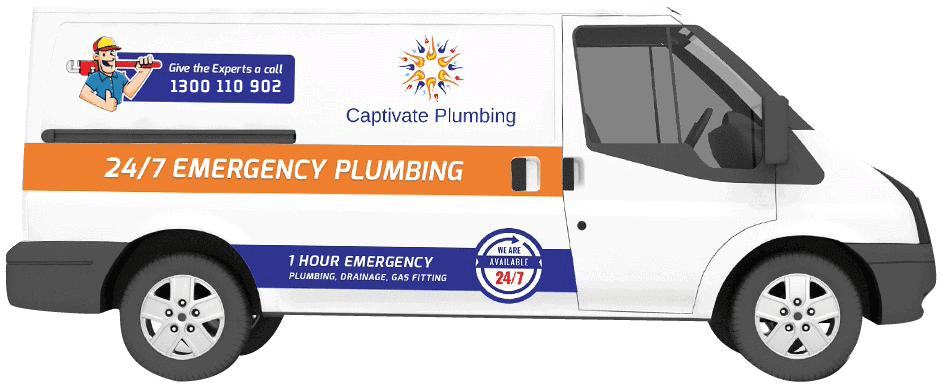
-
 1 Hour emergencyPlumbing, Drainage, Gas Fitting
1 Hour emergencyPlumbing, Drainage, Gas Fitting -



You’re probably acquainted with your water meter, even if you don’t know what it’s called. It’s that large square or cylindrical object on the side of your house near the street. The water meter keeps track of how much water your household uses, which is important for billing and for conserving resources.
But what if the water meter is malfunctioning—or you have a leak on your property undetected by the meter? It’s important to be vigilant about checking the water meter for signs of leaks and to know how to read it accurately.
In this article, we’ll teach you how to read your water meter and how to check it for leaks.
The water meter is one of the most important pieces of equipment in your home when it comes to water usage, but it can also be one of the most confusing. That’s because it looks like a foreign language written in spinning metal lines and tiny numbers.
Don’t worry, we’re here to help. The first step is to know how to decode the meter. That’s simple: Just look at the number on the dial and multiply it by 10. That’s your water usage for that hour.
If you see a spinning metal line on the meter, don’t panic! That just means that your water is still flowing. But if the line is stationary for an extended period of time, it means you may have a leak somewhere in your home.
One way to find out if you have a leak is to read your water meter. This is something that you can do yourself, and it’s a good way to get an idea of how much water you’re using each month.
To read your meter, find the black numbers on the white background and write them down. Start with the number at the far right and work your way left. Be sure to write down the number in its entirety, including the zeroes.
Once you have your reading, compare it to last month’s reading. If the number has changed, you may have a leak.
Now that you know how to read your water meter, let’s talk about how you can use it to detect potential leaks. If you’re seeing a discrepancy between what your water bill says and what your water meter is reading, that could be a sign of an undetected leak.
The best way to check for leaks is to test it out. Start by turning off all the taps and other faucets in your home, then take a look at the water meter again after an hour or two has passed. If there’s been any significant change on the meter, then you’ve got a leak somewhere. You’ll need to take steps to fix the leak quickly before it causes further damage or sends your water bill skyrocketing.
Getting familiar with your water meter will help you spot any issues before they become a huge problem, so make sure to check it every few months just in case.

If you suspect a leak in your home, the first thing you should do is check your water meter reading. To do this, go outside and look for the water meter, it should be a round disk with a bunch of numbers and dials on it. Now, there are several ways to tell if you have a leak – checking the water meter is one of them.
If all the dials on your meter are static and not moving, then you don’t have a leak in your home at this time. However, if any of the dials appear to be spinning or rotating (they’re measuring water usage), then you most likely have a leak in your house somewhere.
At this point, it’s best to call in a professional plumber to locate and fix the source of the leak as soon as possible. A licensed technician can accurately identify where the water is coming from and quickly repair or replace any faulty plumbing fixtures that may need servicing.
Now that you’ve learned how to check your water meter, here are a few easy tips to reduce your water usage and save money.
– Consider investing in water-saving appliances: high-efficiency toilets, washing machines, and dishwashers can significantly reduce your water usage.
– Take shorter showers, use buckets instead of hoses for outdoor tasks, and install low-flow showerheads.
– Inspect your toilet for leaks – a leaky toilet can waste up to 200 gallons of water per day!
– Check all faucets and pipes regularly for signs of leaks. Even the smallest drip can add up quickly!
– Invest in insulation for hot water pipes to prevent heat from escaping and taking longer to get hot.
By following these simple steps and keeping an eye on your water meter regularly, you’ll be able to take control of your home’s water usage and save money in the long run.
The next time you’re wondering how to read a water meter, remember to always check for any telltale signs of a leak. Checking your water meter frequently can help you conserve water and avoid costly water bills.